South Korea became one of the wealthiest countries in the world in a very short amount of time—just fifty years. Its bustling cities are a testament to this transformation, with modern skyscrapers and shops coexisting with ancient palaces and traditional temples.
Many museums in South Korea highlight the intriguing history, art, and cultural customs of the country despite its proximity to two bigger, more powerful countries throughout most of its history (Japan and China).
South Korea is a gorgeous country to visit, with many of its cities situated in the midst of picturesque mountains or near lovely islands and attractive beaches. Due to its widespread appeal, spending time in nature by going hiking is essentially a national activity. South Korea and its lively, welcoming cities have gained international renown not just for their historical landmarks but also for the delectable cuisine and catchy music that have made them famous.
15. Andong
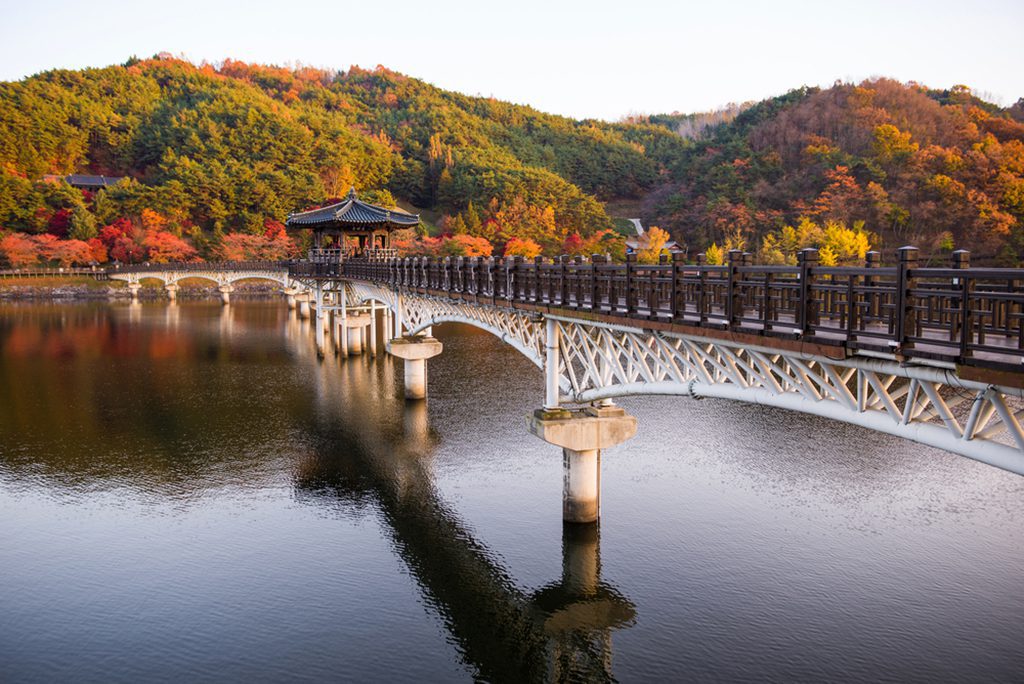
A very pleasant and friendly community, Andong is famed for its superb cuisine, so foodies will revel at all the local specialties on offer.
Founded over 2000 years ago, Andong offers numerous historical and cultural attractions and typically portrays itself as a spiritual hub owing to its many temples and local religious sites.
Andong Hahoe Folk Village is worth a trip just to learn about the region’s rich history, customs, and culture.
14. Tongyeong
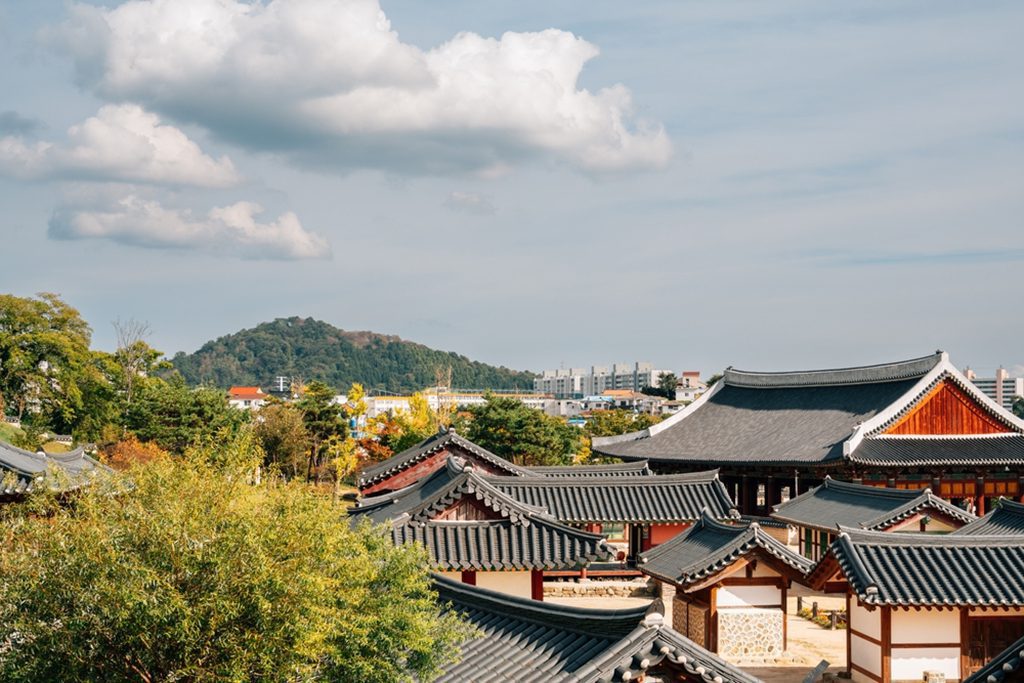
Tongyeong is situated on the very southern tip of a peninsula, making it completely surrounded by water on three sides. Tourists often utilize the city as a jumping-off point to see one of the other 151 islands in the area.
Tongyeong is a tranquil, laid-back city with a stunning harbor. You can’t get much more special than a stroll along the harborfront or a seafood meal while watching the sun set.
Even though there isn’t much to do in town, the city’s proximity to so many stunning islands more than makes up for it. Hallyeohaesang National Park is a great destination for anyone interested in nature.
13. Daejeon
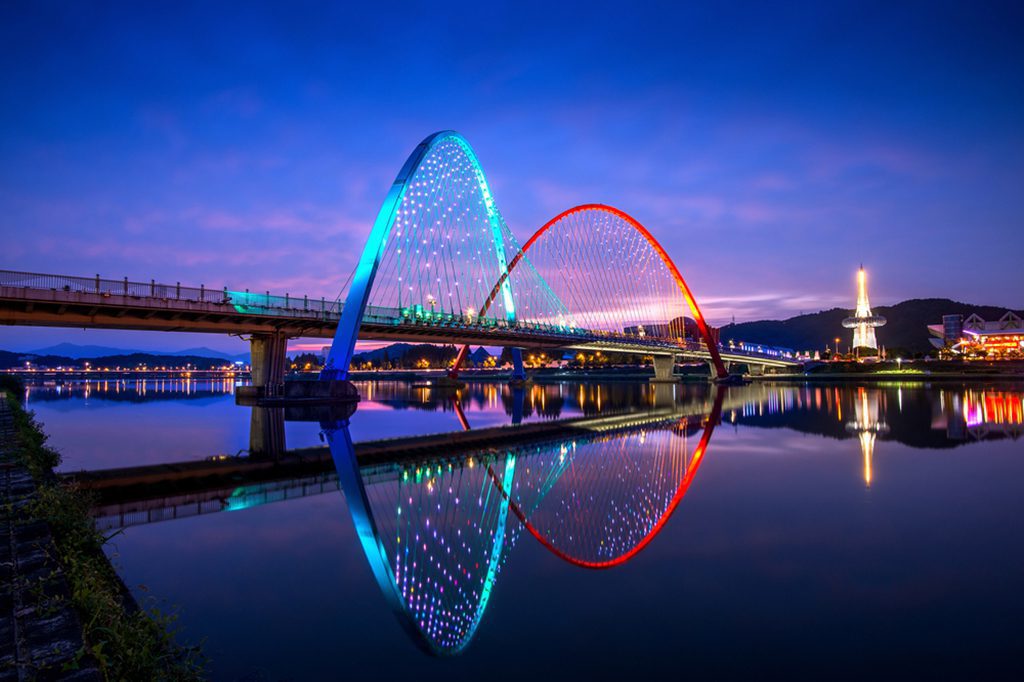
Rapid growth over the last several decades has made Daejeon one of South Korea’s biggest cities and a major hub for science and research, in no small part due to the presence of the massive Expo Park complex.
The city’s urban sprawl makes it unattractive to the eye, but the city’s many museums more than make up for this, with the National Science Museum boasting some of the best displays.
A soak in the Yuseong Hot Springs is the ideal way to relax at the end of a day spent seeing Daejeon’s many attractions.
12. Suwon

Despite its close proximity to Seoul, visitors sometimes overlook Suwon as a great day trip destination.
The city has become a significant industrial hub, and Samsung Electronics calls it home. If you’re looking for a lively evening, come to Ingyedong, where the streets are lined with clubs, restaurants, and shops.
Hwaseong, a beautiful fortress from the 18th century, is in the very center of Suwon and is the primary attraction for tourists.
11. Yeosu
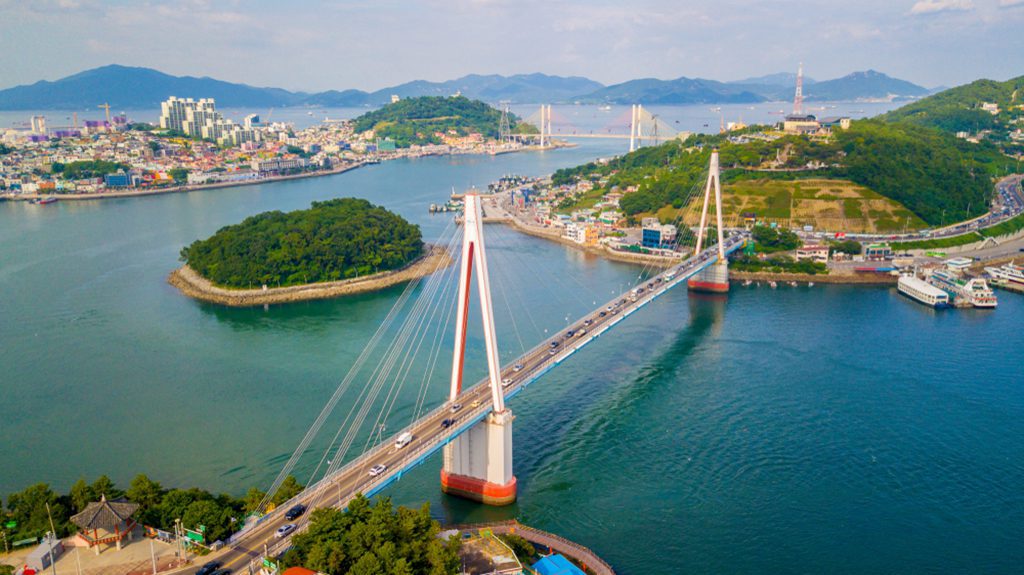
Yeosu, located on the same-name peninsula in the country’s south, is one of the country’s most stunning harbors and a rapidly growing tourist destination.
Yeosu is a mountainous region characterized by beautiful islands and cliffs. Hyangiram Hermitage, a stunning hermitage perched on a rock, offers one of the best panoramas in the area.
Yeosu could be short on tourist attractions, but its waterfront is packed with excellent seafood restaurants. Most tourists go to a city for the sole purpose of lounging on the beach and taking in the sights.
10. Geoje
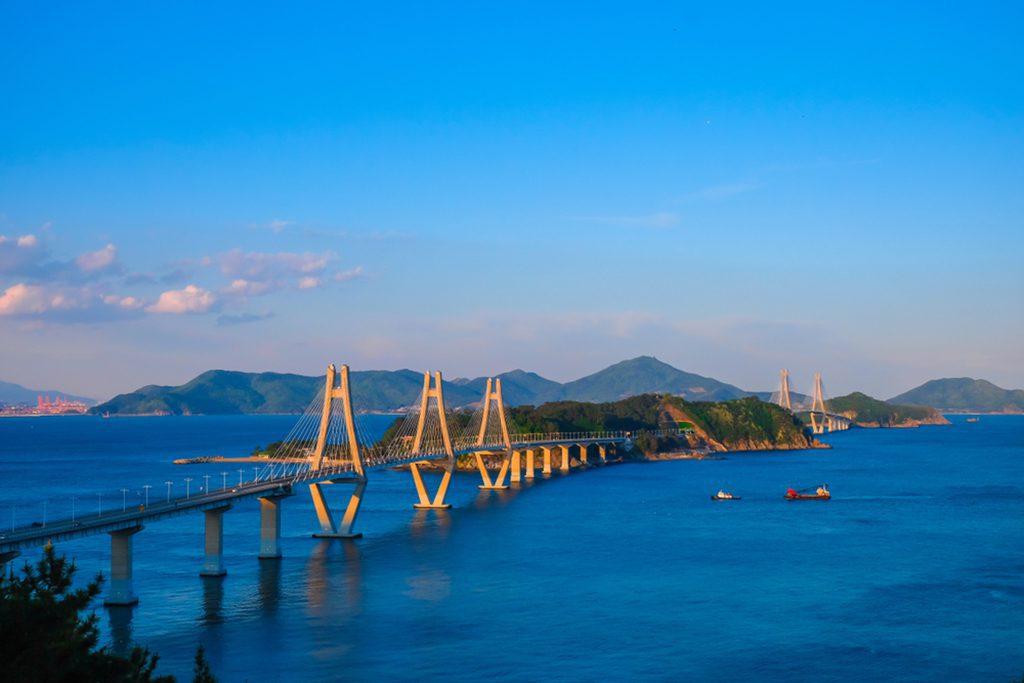
As Geoje is more of an island than a city, it has adopted the name “Blue City.” Clear waters surround it, as do a stunning rocky shoreline and several picturesque beaches.
While most visitors come for the beautiful scenery, Geoje also boasts a number of other attractions worth checking out, such as a POW camp that formerly housed North Korean prisoners.
There are plenty of nightlife options, such as restaurants and bars, but the city’s stunning natural beauty is the main attraction. Haegeumgang and Odeo are two beautiful islands that must be seen.
9. Daegu
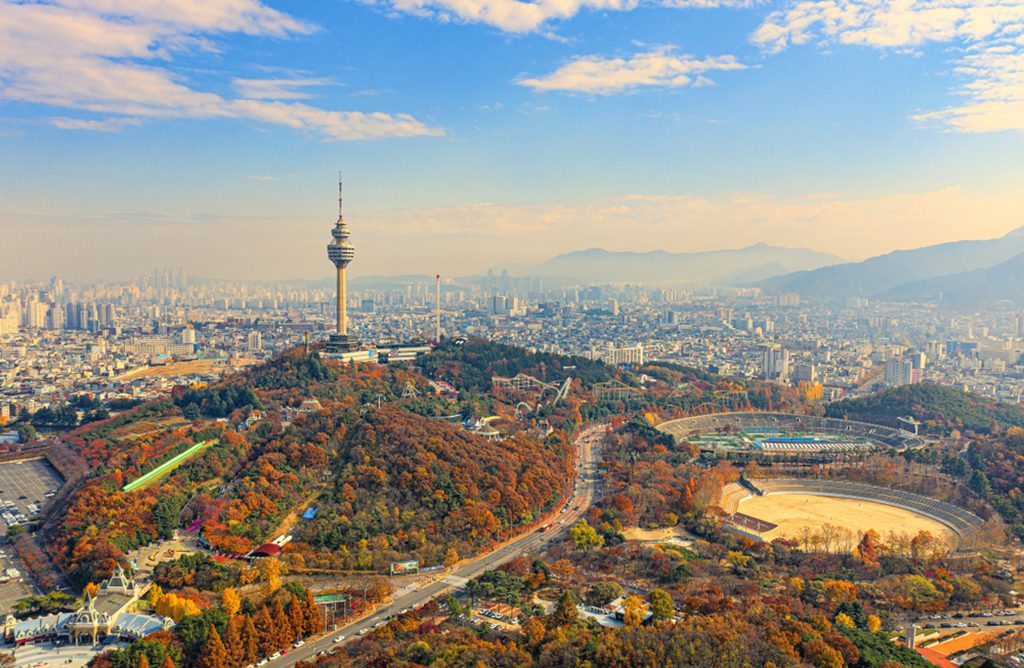
In spite of being the fourth-largest city in the country, Daegu has a young vibe because of its sizable student population and its unexpectedly kind and inviting residents.
Downtown has a lot of life and is a great place to spend the day strolling about. Fabulous art museums coexist alongside historic churches and temples, and the city’s dining and entertainment options are both diverse and exciting.
Palgong Mountain, which is located relatively close to Daegu, is a popular tourist destination. There are many beautiful hiking trails there, in addition to several beautiful Buddhist monasteries and the majestic stone figure of Buddha known as Gatbawi.
8. Gyeongju
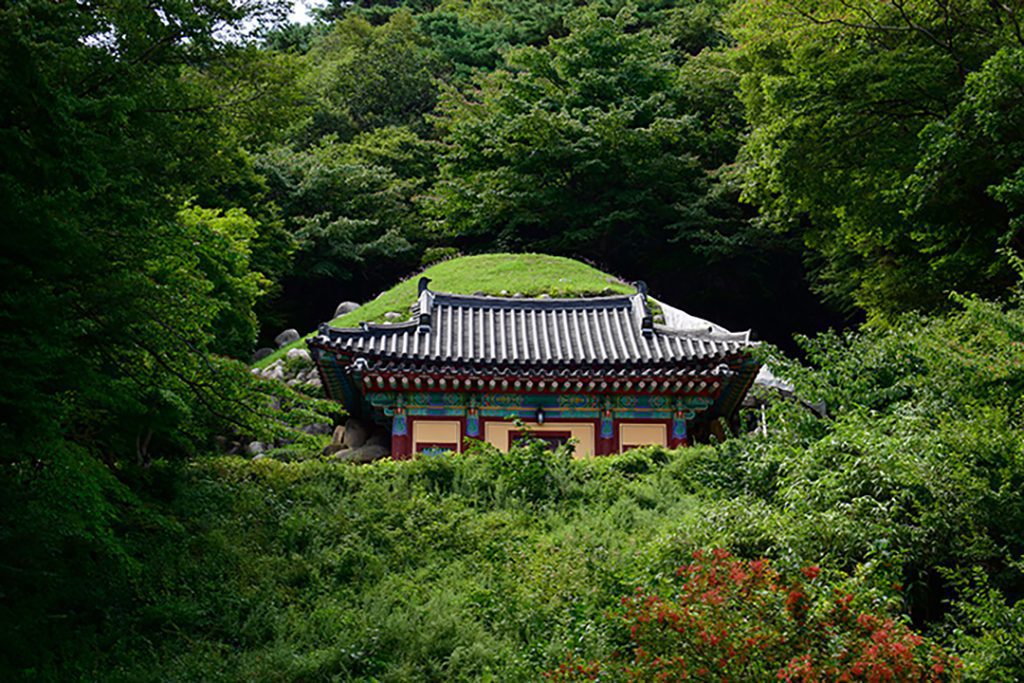
Gyeongju is renowned as “the museum without walls” because of the seemingly unending number of tombs, temples, and archaeological monuments that showcase the city’s more than 2,000 years of history. The city was the Silla Kingdom’s capital, hence many of these buildings are rather old.
Ancient tombs, stunning pagodas, and charming ancient houses make the town center a fascinating destination. There is a fantastic array of historical artifacts from Gyeongju on display in the country’s national museum.
The beautiful Bulguksa Temple, which dates back to the seventh century, and the surrounding Seokguram Grotto are also must-sees since they pleasantly display some rich Buddhist art and illustrate the religion’s effect on the region.
7. Jeonju
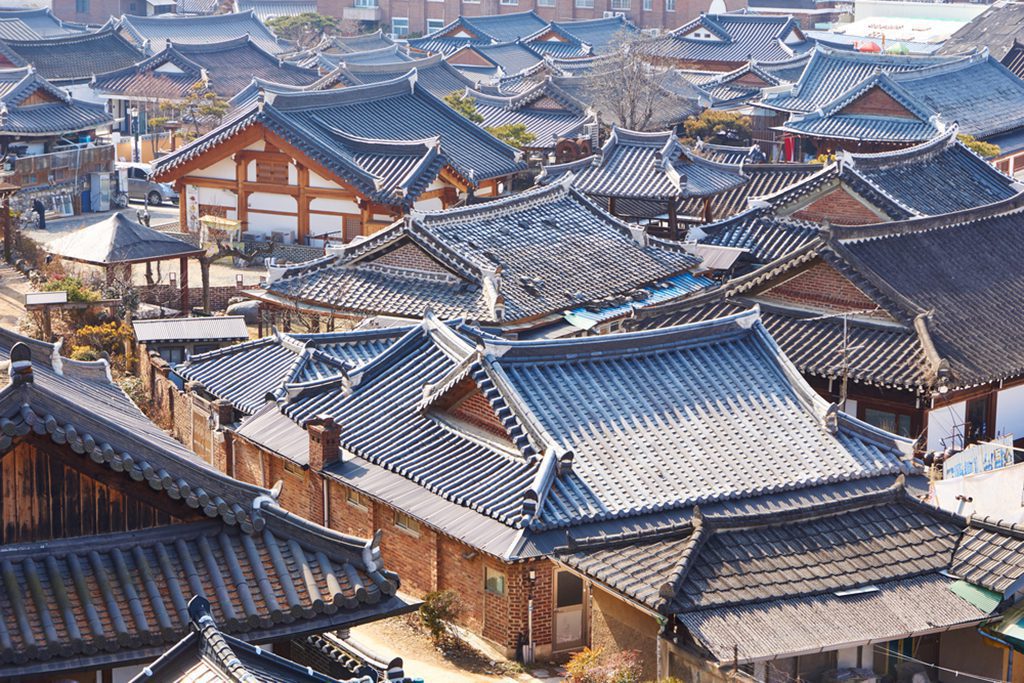
Jeonju, the country’s former spiritual capital, is rich in historical sites and cultural attractions. Hanok Village, which displays traditional houses, regional cultural traditions, and handcrafted items, is one of the most visited tourist destinations in the country.
Jeonju is a fascinating city to stroll about thanks to its abundance of stunning temples; its mazelike streets are lined with cozy cafés and restaurants; and no trip to Jeonju would be complete without sampling the delicious bibimbap that is a specialty of the area.
You could stop at the superb Jeonju National Museum on your way out of the city to learn about and appreciate the city’s rich cultural heritage.
6. Incheon
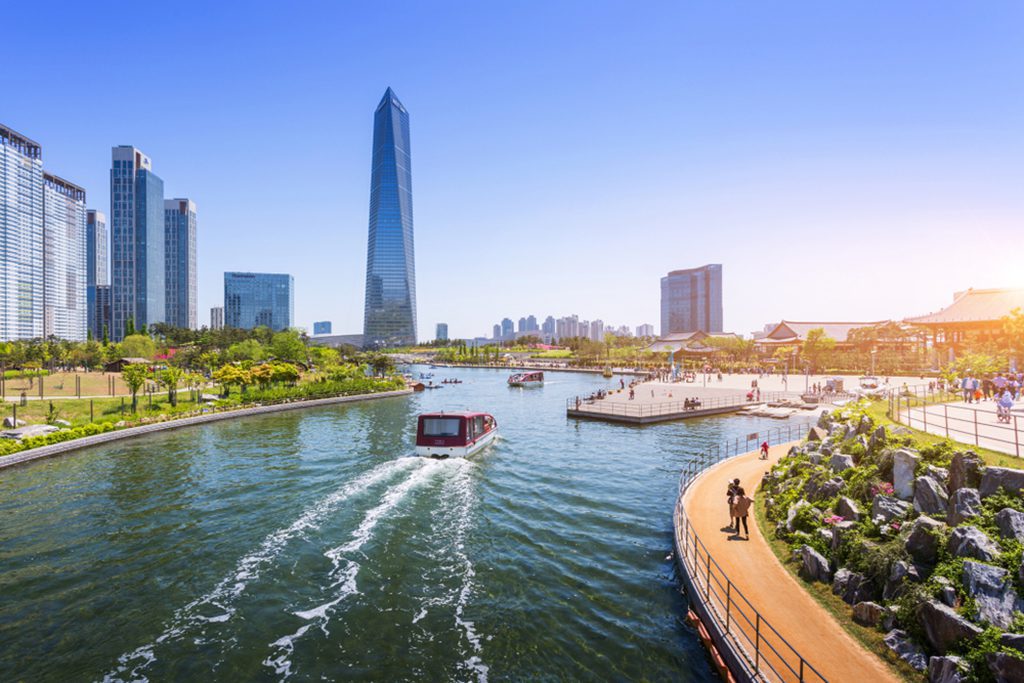
Incheon, the country’s third-largest city, is located less than 40 kilometers from the capital, Seoul. In 1950, during the height of the Korean War, American forces landed at this massive port in an effort to retake the capital of South Korea.
Incheon is quickly developing as a cultural and commercial hub for South Korea, and there is a great deal for tourists to experience there. Bupyeong, with its labyrinthine network of stores, restaurants, and bars, and its teeming Chinatown, are just two of the city’s many attractions.
Incheon is a terrific choice for a convenient day trip from Seoul since it is home to the oldest temple in the country, Jeondeungsa, as well as a wealth of beautiful old architecture and some nice waterfront promenades.
5. Gangneung

If you want to see a side of South Korea that few tourists ever see, come to Gangneung, which is located on the country’s eastern coast.
Delicious local food and cultural events, such as the interesting Danoje folk festival, attest to Gangneung’s unique culture and atmosphere, which is somewhat isolated from the rest of South Korea due to the Taebaek mountain range that borders it.
Gyeongpo Beach, one of the most popular in Korea, can be located near the city of Gangneung, which also has a number of ancient temples and the spectacular Ojukheon Museum, which houses shrines, traditional structures, and artifacts from prominent Koreans.
4. Jeju City
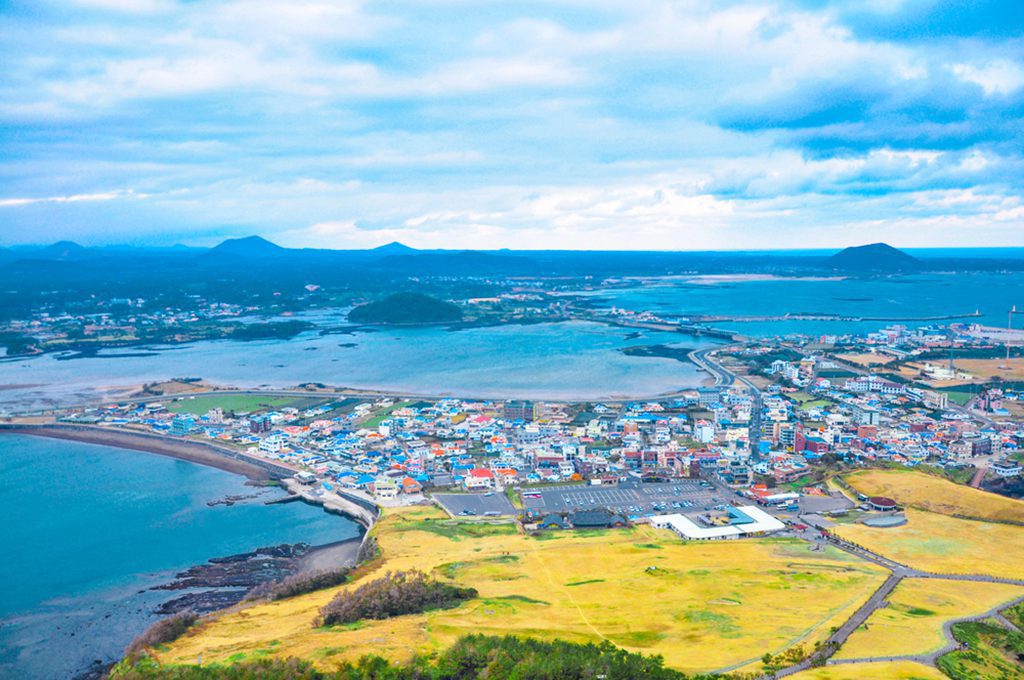
Jeju, South Korea, is a popular vacation spot because of its pleasant year-round temperature and its huge, hospitable metropolis. In the warmer months, visitors flock to this area for its posh lodgings, lively casinos, and trendy bars.
Even though most of Jeju’s best attractions are located outside of town, the city itself is worth exploring because of its many excellent restaurants, stylish shops, and comfortable hotels.
It serves as a hub for many tourists who go off to discover the remainder of the island. A visit to the nearby Jeju Lovelands an adults-only theme park—will undoubtedly demonstrate why the island is a favorite honeymoon getaway.
3. Seogwipo
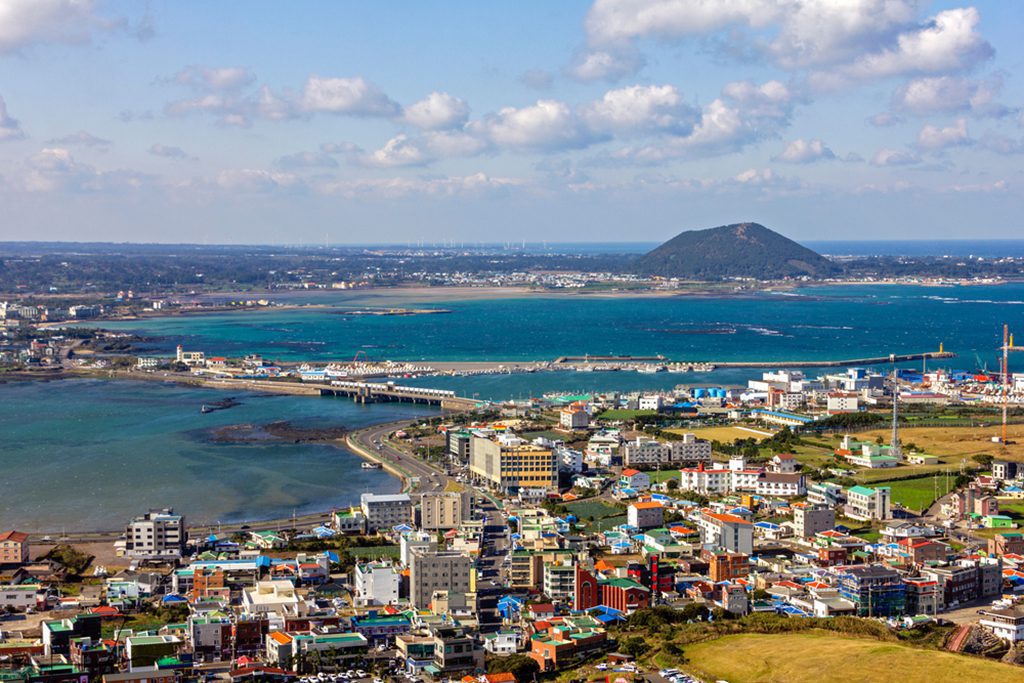
Seogwipo, located on Jeju Island, is surrounded by stunning natural features, such as a dramatic rocky coastline, crashing waterfalls, and gorgeous beaches.
As a result, the city’s natural sights attract the majority of tourists, and the city’s scuba diving is considered the best in the country. The area is frequented by hikers because of the abundance of scenic trails that wind to the area’s many waterfalls and along the coastline.
The city’s beautiful surroundings more than make up for its lack of attractions. Water parks and submarine tours are great things to do if you have some free time.
2. Busan
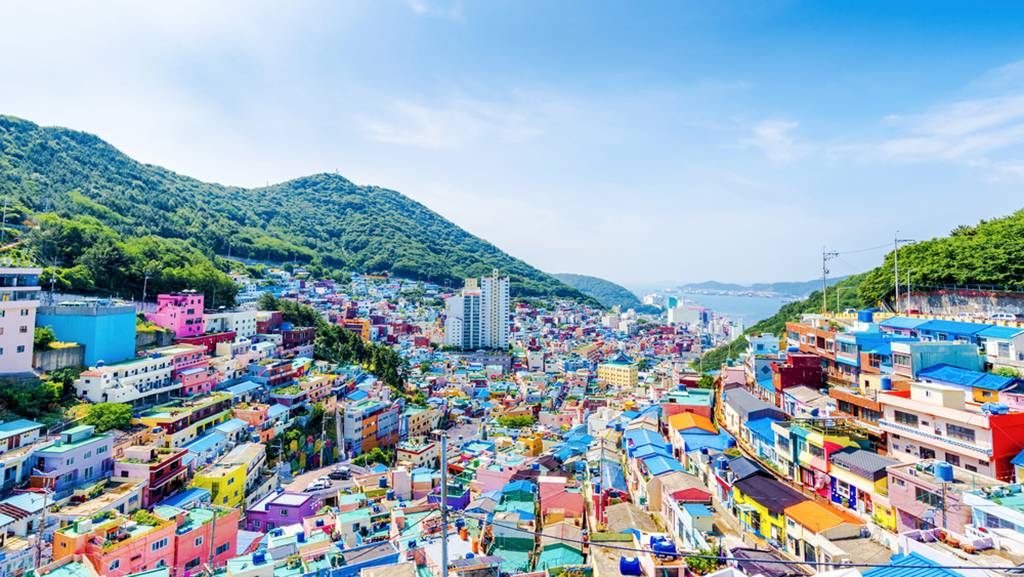
Busan, the second-biggest city in South Korea, is a popular tourist destination because of its busy port and stunning natural landscape, which includes forested mountains and beautiful beaches.
Busan is a city of contrasts, with both a gritty industrial district and the colorful Gamcheon Cultural Village perched on a hilltop with picturesque views of the city below.
Beomeosa Temple, with its many hot springs, wonderful seafood restaurants, and richness of outdoor activities, is one of the most visited historical monuments in Busan; however, most visitors come for the city’s beaches.
1. Seoul
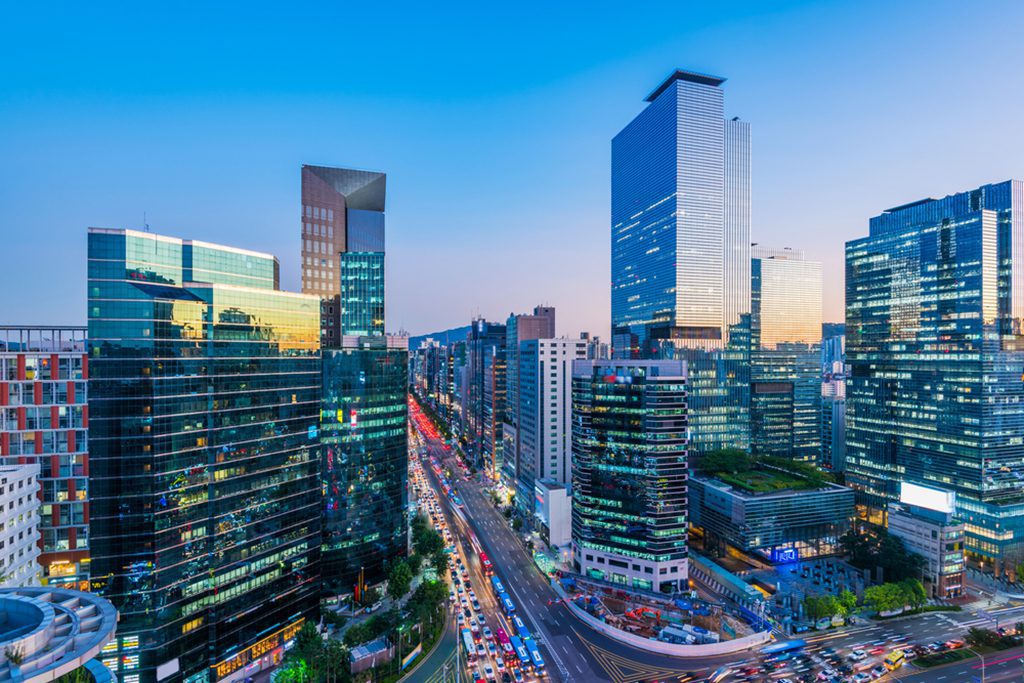
The capital of South Korea is a massive city with more than 25 million inhabitants and every service and product conceivable. Explore the ancient palaces and temples, as well as the modern retail centers and lively night markets, in this fascinating region.
There’s a wide variety of things to do in the city, from sightseeing at the magnificent Chandeok-gung palace (built in the 15th century) to get some exercise in the city’s many parks and mountains.
The city of Seoul is home to several restaurants and food stands that are renowned for their delicious offerings. In every field, from fashion and design to architecture and technology, the city stands at the forefront of innovation.
For this reason, visitors to Seoul will never run out of options.


